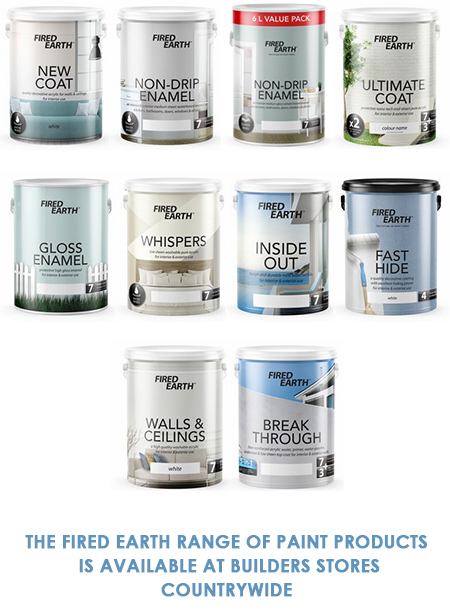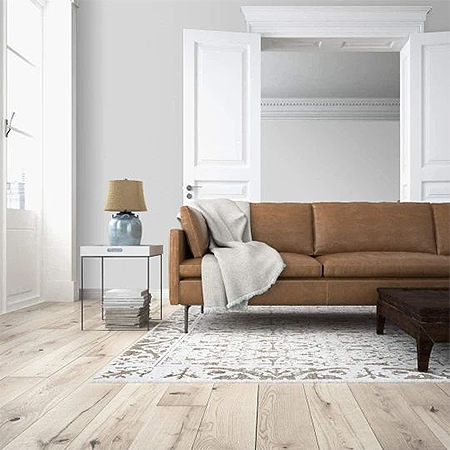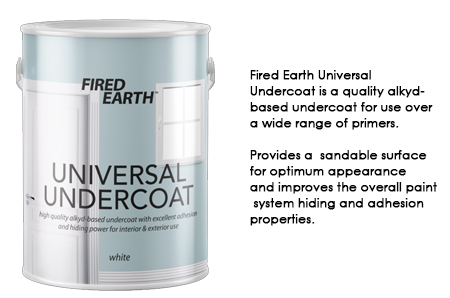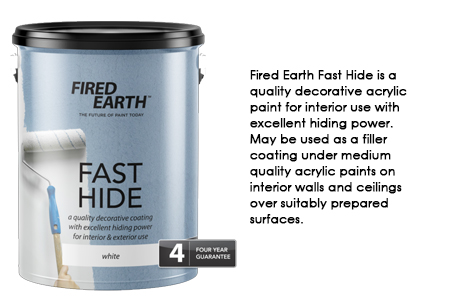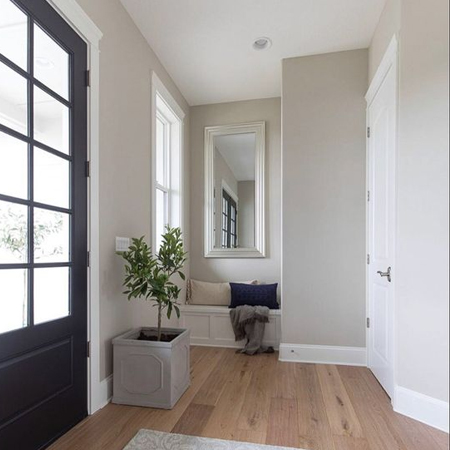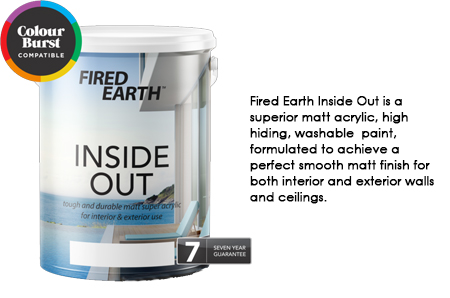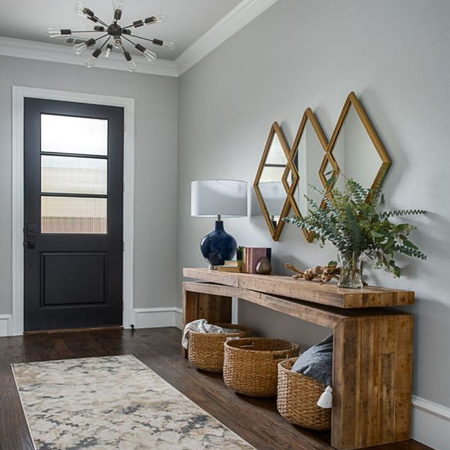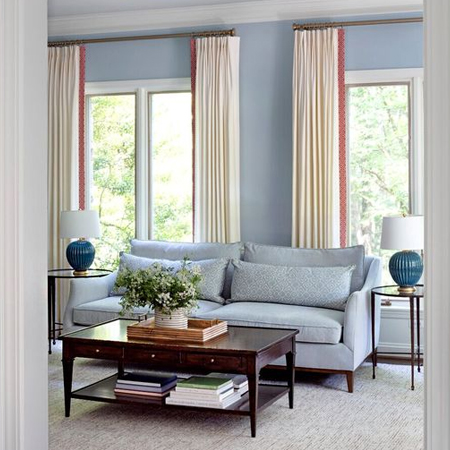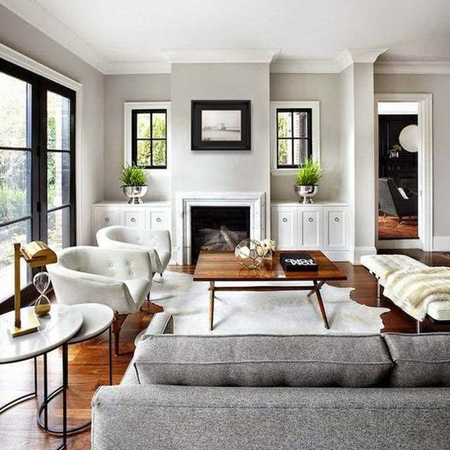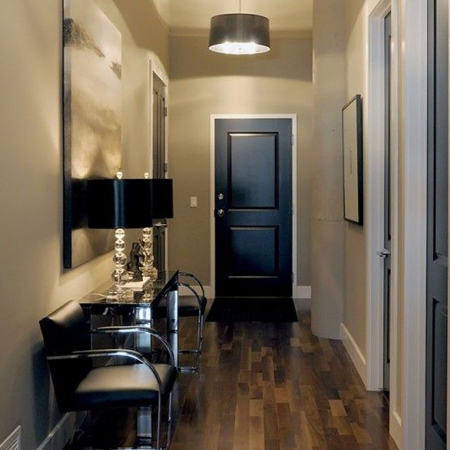Get to Know What Paint Goes Where
With so many paint options to choose from, how do you know what paint to use for a particular area in a home?
17/12/2021
pinterest.com/pin/237705686571850444/
Fired Earth makes it easy to understand paint!
Technological advancements to any range of products can bring about confusion. New products are introduced that are greener or better than existing products, or new products are designed to meet certain criteria. Whatever the reason, the more products there are to choose from - the more confusing it becomes. For anyone planning to decorate their home or renovate the interior of a house, we put together a practical guide to using paint products for the purpose they were intended for.
CEILINGS
Existing Water-Based Finish
Ceilings are generally painted in white, but it helps to know that white isn't always pure white. You will want to use acrylic paint that offers a high-hiding factor to disguise water stains or marks. You should also check that the colour - if you are choosing white - is pure or brilliant white.
Existing Solvent- or Oil-Based Finish
If a solvent or oil-based paint was previously applied to the ceiling and you don't want to do this again but would rather apply a high-hiding ceiling paint, you will need to use a universal undercoat beforehand. This will ensure that the acrylic paint has a surface to bond with and will not peel off later.
Knotty Pine
If you have a knotty pine ceiling that you want to paint over, we already have a few articles that provide advice and how-to for painting knotty pine and you can find them in our Decorating section.
pinterest.com/pin/68742077917/
WALLS
Matt - Velvet Acrylic
Matt or velvet acrylic offers a luxurious matt finish that hides imperfections with ease. The flat finish does not reflect light and is perfect for feature walls or walls that are not in high-traffic areas. Not all matt or velvet finishes are washable, so do be sure to check before you purchase.
Satin - Sheen - Silk Acrylic
Satin acrylic paint offers a sheen or shine level much higher than matt or velvet acrylic but also far less than a gloss acrylic would. This means that less light is refracted from the surface and blemishes are not as noticeable as they would if you used sheen or gloss acrylic.
TIP 1: Because of its ability to be cleaned, satin acrylic is the best paint for walls that have imperfections or are not smooth.
pinterest.com/pin/AXhZbOjH_Iebi60uxaLpn-oo_Y4lcX0mal73axkMboLVshy2fo3gpkA/
With satin or medium-sheen acrylic, the surface is smooth and washable, and this means that you can use this in high-traffic areas or where walls usually need to be cleaned on a regular basis. Think children's bedroom and playrooms, a family room or den, or living spaces where the family gathers.
pinterest.com/pin/187532771974366466/
TIP 2: Satin or medium-sheen acrylic can be used on interior walls, window or door frames, or trim, fittings, and fixtures.
pinterest.com/pin/419960734015562508/
Gloss Acrylic
This high-shine paint adds impact to any decorating scheme, but be warned, it will show imperfections. Up until a few years ago, gloss enamel was used specifically for painting trim, window and door frames, doors, and skirting boards, etc. Technology has brought about many innovative products including water-based enamel paint that is satin or semi-gloss and this replaces gloss enamel for painting areas in the home.
pinterest.com/pin/92253492337449857/
TIP 3: Using gloss paint on any surface provides a durable finish that is cleanable and resistant to staining, as well as moisture-resistant, making this paint ideal for kitchens & bathrooms as well as for trim and fixtures.

